Displaying: 151 – 175 of 1,022 matches for “Holocaust Encyclopedia: Warsaw”
-
151. Clandestine photograph of civilian women and children from Warsaw taken either before or after their arrival in Ravensbrueck after the collapse of the Warsaw uprising.
their arrival in Ravensbrueck after the collapse of the Warsaw uprising. ... Source: United States Holocaust Memorial Museum; Anna Hassa Jarosky and Peter Hassa
-
152. International Holocaust Remembrance Day

International Holocaust Remembrance Day (IHRD). The date marks the liberation of ... development of educational programs to remember the Holocaust and to prevent
-
153. Children during the Holocaust
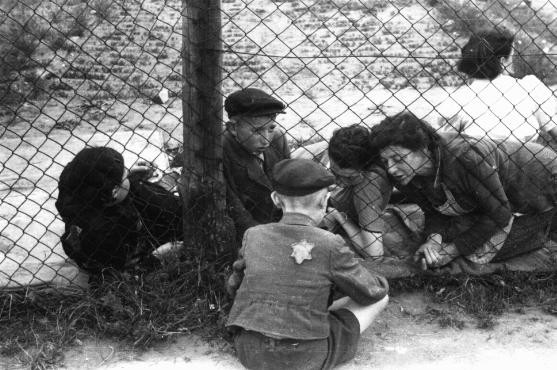
Children were especially vulnerable in the era of the Holocaust ... the Warsaw ghetto, however, refused to abandon the children under his
-
154. Introduction to the Holocaust
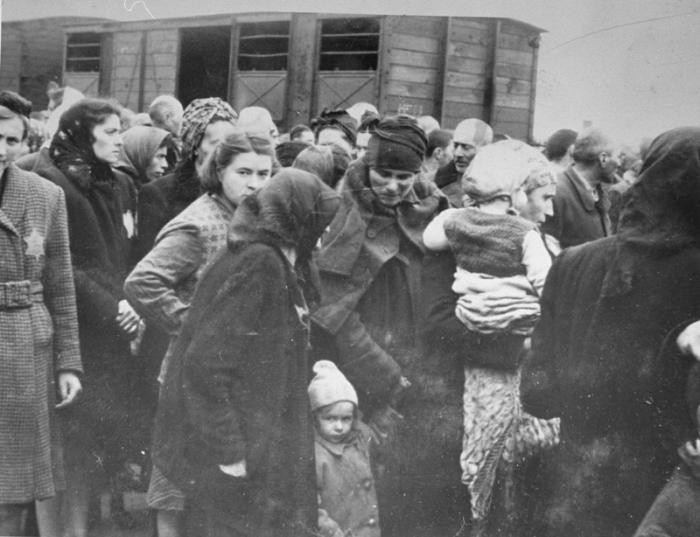
What was the Holocaust ... ? The Holocaust (1933–1945) was the systematic, state-sponsored persecution and murder of six million
-
155. Children's Diaries during the Holocaust
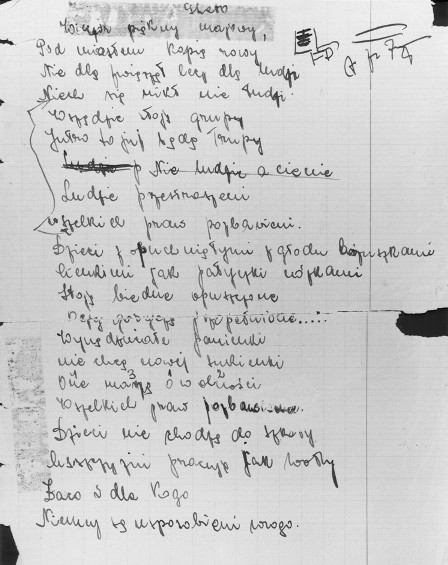
million European Jews were dead, killed in the Holocaust. About 1.5 million of the victims were ... wider public the horrors of the Holocaust. Wattenberg was born in Lódz on October 10, 1924. She
-
156. German Jews during the Holocaust
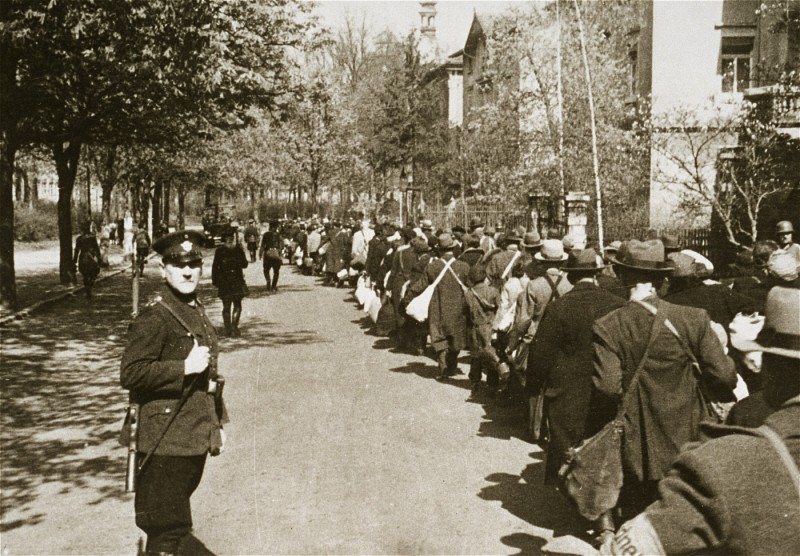
Warsaw, the Izbica and Piaski transit ghettos and other locations in the Generalgouvernement in the first ... 180,000 German Jews in the Holocaust, including most of those Jews
-
157. Life After the Holocaust: Regina Gelb
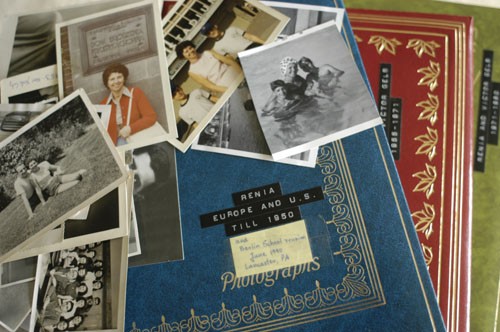
Life After the Holocaust documenteds the experiences of six Holocaust survivors whose ... is slightly north, I think. Near Warsaw, very near Warsaw. And it's amazing how vivid the memories of
-
158. The Krakow (Cracow) Ghetto during the Holocaust
. After the revolts of Jewish prisoners in the Warsaw ghetto (April-May 1943), Treblinka (August 1943 ... Organizacja Bojowa; ŻOB). Independent of the ŻOB in Warsaw, this
-
159. Lucine Horn describes obtaining false papers to assume the identity of an "Aryan" outside the Warsaw ghetto
liquidated the ghetto. She eventually made her way to Warsaw where she first
-
160. Leah Hammerstein Silverstein describes lack of burial of the corpses of people who died in the Warsaw ghetto
Leah grew up in Praga, a suburb of Warsaw, Poland. She was active in the Ha-Shomer ha-Tsa ... forced to live in the Warsaw ghetto, which the Germans sealed off in
-
161. Vladka (Fagele) Peltel Meed describes the deportation of her mother and brother from the Warsaw ghetto to Treblinka
active in the Warsaw ghetto underground as a member of the Jewish Fighting ... Organization (ZOB). In December 1942, she was smuggled out to the Aryan, Polish side of Warsaw to try to obtain
-
162. Vladka (Fagele) Peltel Meed describes watching the burning of the Warsaw ghetto from a building outside the ghetto
active in the Warsaw ghetto underground as a member of the Jewish Fighting ... Organization (ZOB). In December 1942, she was smuggled out to the Aryan, Polish side of Warsaw to try to obtain
-
163. Abraham Lewent describes hiding during a raid in which his mother and sisters were seized for deportation from Warsaw to Treblinka
Like other Jews, the Lewents were confined to the Warsaw ghetto
-
164. Vladka (Fagele) Peltel Meed describes smuggling a description of the Treblinka camp to underground leaders on the "Aryan" side of Warsaw
active in the Warsaw ghetto underground as a member of the Jewish Fighting ... Organization (ZOB). In December 1942, she was smuggled out to the Aryan, Polish side of Warsaw to try to obtain
-
165. Vladka (Fagele) Peltel Meed describes waiting at a train station with false documents to be smuggled into the Warsaw ghetto
active in the Warsaw ghetto underground as a member of the Jewish Fighting ... Organization (ZOB). In December 1942, she was smuggled out to the Aryan, Polish side of Warsaw to try to obtain
-
166. The Holocaust and World War II: Key Dates
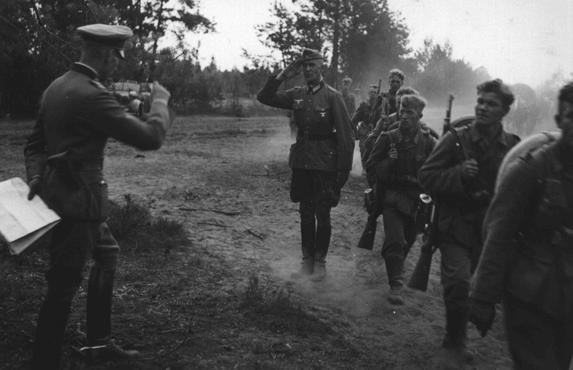
,000 Jews from the Warsaw ghetto to the ... deportation of about 265,000 Jews from Warsaw to Treblinka. November 23, 1942
-
167. Evidence from the Holocaust at the First Nuremberg Trial
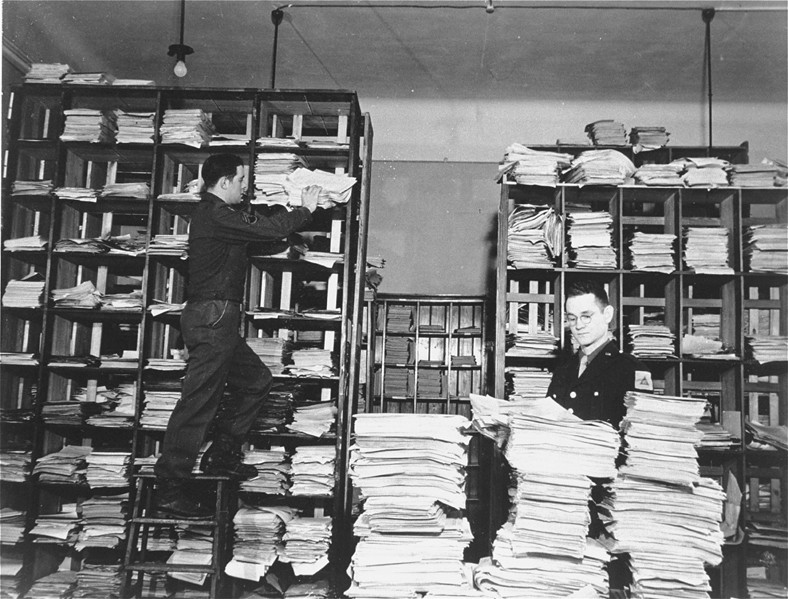
those of the Holocaust. In his ... Police Leader Jürgen Stroop documents the destruction of the Warsaw Ghetto in text and photos
-
168. Misuse of Holocaust Imagery Today: When Is It Antisemitism?
Many images from the Holocaust era have become easily recognizable ... crimes committed in the era of the Holocaust An enduring fascination with Nazi propaganda and
-
169. The United States and the Holocaust, 1942–45
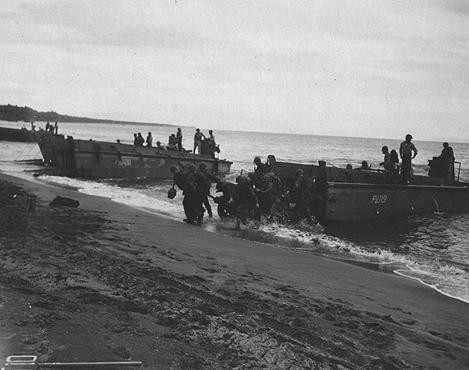
Warsaw Ghetto and in a transit camp near a Jewish ghetto in German-occupied Poland. Karski met ... persons (DP) camps to house Holocaust survivors and other DPs. In the first few months after the war ended
-
170. A German gun crew shells a housing block during the suppression of the Warsaw ghetto uprising.
https://encyclopedia.ushmm.org/content/en/article/warsaw-ghetto-uprising. https://encyclopedia ... Warsaw, Poland ... Source: United States Holocaust Memorial Museum; Louis Gonda
-
171. A SS solider oversees the deportation of survivors of the Warsaw ghetto uprising.
https://encyclopedia.ushmm.org/content/en/article/warsaw-ghetto-uprising. https://encyclopedia ... Warsaw, Poland ... Source: United States Holocaust Memorial Museum; George Bogart
-
172. German invasion of Poland, capture of Warsaw
German forces enter Warsaw: Holocaust Encyclopedia - Historical Film Footage. Open. Open ... Reel 7: Graphic showing troops surrounding Warsaw and Kutno. Pans of destroyed polish equipment
-
173. Portrait of Juliusz Bogdan Deczkowski, taken after his release from the Pawiak prison in Warsaw.
.). Encyclopedia of the Holocaust. "Armia Krajowa," MacMillan, 1990.] m ... Warsaw, Poland ... Source: United States Holocaust Memorial Museum; Juliusz Bogdan Deczkowski
-
174. Frequently Asked Questions about the Holocaust for Educators
. Learn: Read articles on the people, places, and events of the Holocaust in the Holocaust Encyclopedia ... . Learn: Read the “Introduction to the Holocaust” in the Holocaust Encyclopedia. Why the Jews ... Ideologies, and Ideas Made the Holocaust Possible?” in the Holocaust Encyclopedia. The following factors ... War Make Possible?” in the Holocaust Encyclopedia. Collaboration The Holocaust could not have
-
175. Propaganda filming of the Warsaw Ghetto: arrivals; Jewish Council; police; prison
Jewish deportees from Magdeburg in the Warsaw ghetto: Holocaust Encyclopedia - Historical Film ... The Warsaw Ghetto - 3.07: Permanent Exhibition - The Holocaust - Audiovisual Monitors. Open. Open
